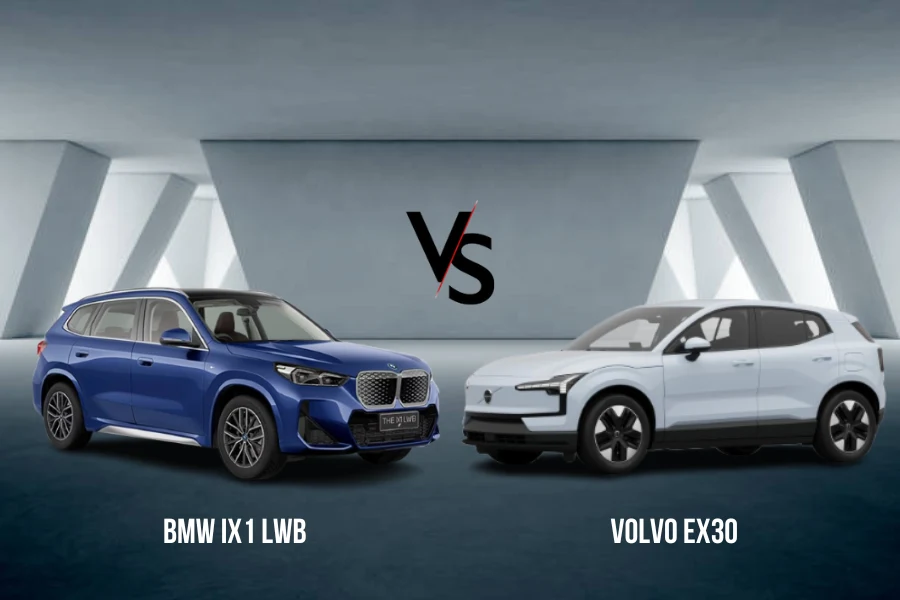The comparison between the Volvo EX30 vs BMW iX1 LWB represents two different strategies for luxury electric vehicles in India. On one side is the BMW iX1 LWB, a long-wheel-base SUV already on sale at ₹49 lakh, backed by the strength of an established luxury badge. On the other is the Volvo EX30, a more compact electric SUV that is scheduled to arrive later this year, with its pricing yet to be revealed. While both share the goal of bringing premium technology and safety into the entry luxury EV space, the Volvo EX30 vs BMW iX1 LWB story will ultimately be shaped by how each car balances design, features, range, and value for money. 
Volvo EX30 BMW vs iX1 LWB – Exterior Design
The Volvo EX30 vs BMW iX1 LWB comparison begins with a look at exterior design. The Volvo EX30 brings a compact, modern aesthetic—muscular stance, closed-off grille, Thor’s Hammer LED DRLs, and split vertical taillamps, with large aero-optimized 19-inch wheels. It manages to feel substantial despite its smaller dimensions, making it Volvo’s youthful, urban-friendly entry into luxury EVs in India.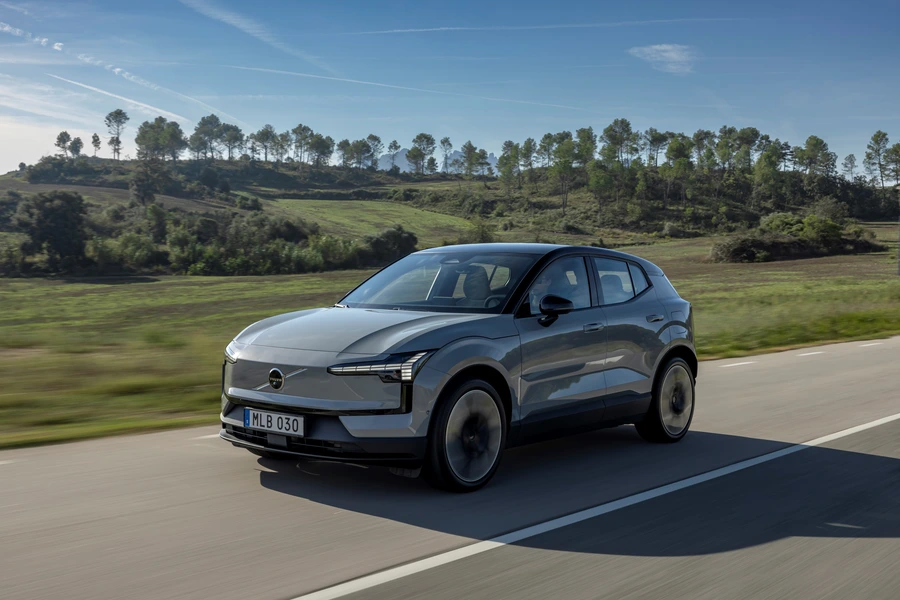
By contrast, the BMW iX1 LWB takes a longer and larger form. Measuring 4,616 mm in length, 1,845 mm in width, 1,612 mm in height, with a 2,800 mm wheelbase, the comparison highlights the iX1’s more larger dimensions. The EX30 measures in at 4,233 mm in length, 1,838 mm in width, and 2,650 mm wheelbase. In the Volvo EX30 vs BMW iX1 LWB context, this size advantage of the iX1 LWB establishes it as the more spacious, imposing SUV.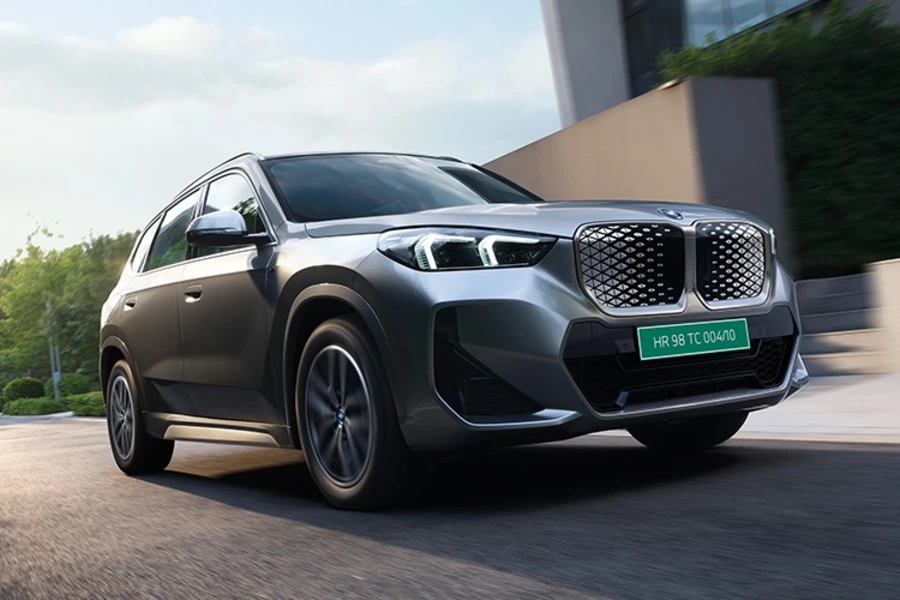
Volvo EX30 BMW iX1 LWB – Interior and Features
Turning to the interior, the Volvo EX30 vs BMW iX1 LWB comparison reveals two polar opposites. The EX30’s cabin is governed by minimalist design and the use of recycled materials like upcycled denim and flax composites, a clean dashboard dominated by a 12.3-inch portrait touchscreen running Google’s ecosystem, smart storage, a space-saving Harman Kardon soundbar, and advanced safety features including 7 airbags, adaptive cruise, lane-keeping aid, and 360-degree camera.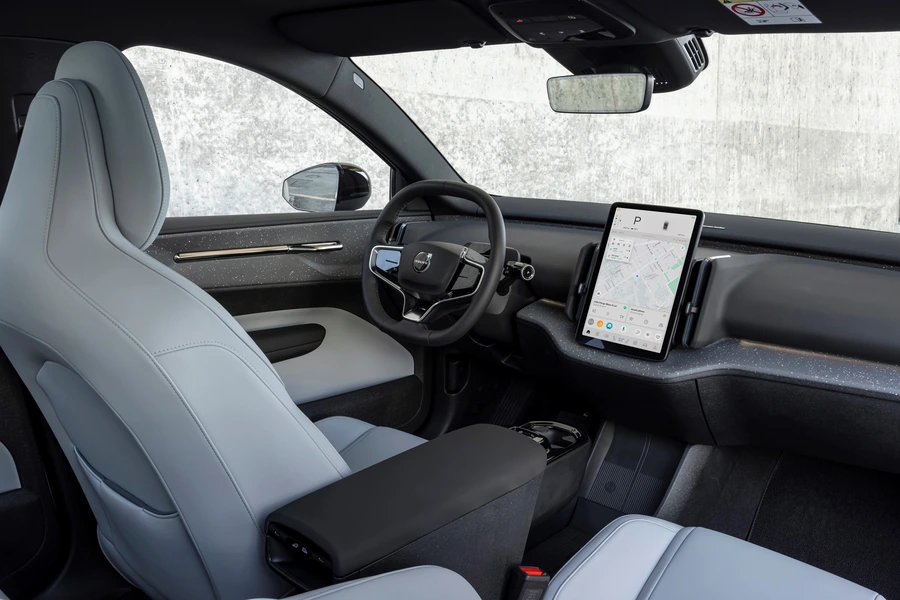
In contrast, the BMW iX1 LWB interior leans toward tech-luxury. It houses a widescreen curved 10.7 inch infotainment screen and a 10.25-inch digital instrument cluster and very few physical buttons. The iX1 LWB includes a Harman Kardon 205W 12-speaker sound system, adaptive LED headlamps, vegan leather upholstery, dual-zone climate, but lacks ventilated seats and rear sun-blinds.
Rear-seat comfort in the Volvo EX30 vs BMW iX1 LWB comparison tips strongly in favor of the iX1 LWB. The EX30’s compact footprint and battery placement result in cramped rear seats, with knees-up positioning even for two adults, making it a clear limitation. The Volvo EX30 vs BMW iX1 LWB contrast is that the iX1 LWB—with an 116 mm longer body, 108 mm extra wheelbase, 109 mm more knee room, and 15 mm longer seat cushion—delivers markedly better rear comfort, despite a raised floor.
Volvo EX30 vs BMW iX1 LWB – Battery and Range
In battery and range, the Volvo EX30 vs BMW iX1 LWB comparison reveals close but distinct numbers. The EX30 uses a 69 kWh battery (NMC chemistry), with WLTP-rated range of up to 480 km, 11 kW AC charging (7–8 h full charge), and 150 kW DC fast charging from 10–80 % in 25 minutes.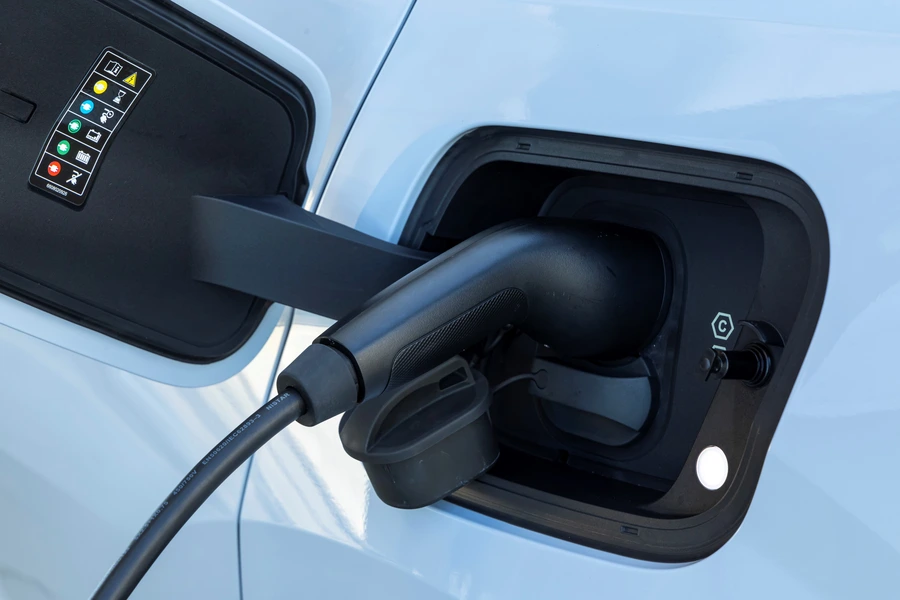
Meanwhile, the BMW iX1 LWB is equipped with a slightly smaller 66.4 kWh battery, boasts a MIDC-claimed range of 531 km, an 11 kW AC charger for about 6.5 h full charge, and 130 kW DC fast charging taking the battery from 10–80 % in about 29 minutes (120 km in 10 minutes). Real-world range of the Volvo EX30 vs BMW iX1 LWB comparison suggests the iX1 achieves around 400–450 km.
Thus, by sheer numbers the comparison shows the BMW iX1 LWB claims a longer theoretical range, while the EX30 holds its ground with a larger battery pack and faster DC charging.
Volvo EX30 vs BMW iX1 LWB – Pricing
When it comes to pricing of Volvo EX30 vs BMW iX1 LWB, the BMW is already on sale at ₹49 lakh (ex-showroom) for the eDrive20L M Sport variant. The Volvo EX30, on the other hand, will have its prices officially announced by the end of September 2025, with pre-bookings starting on August 20, 2025 and deliveries set to begin from October 2025. Positioned below the EX40, which currently retails at ₹50.10 lakh (ex-showroom), the EX30 is expected to fall in the ₹38–40 lakh (ex-showroom) bracket. This undercuts the iX1 LWB by nearly ₹9–11 lakh, giving the Volvo a major pricing edge in the luxury EV segment. 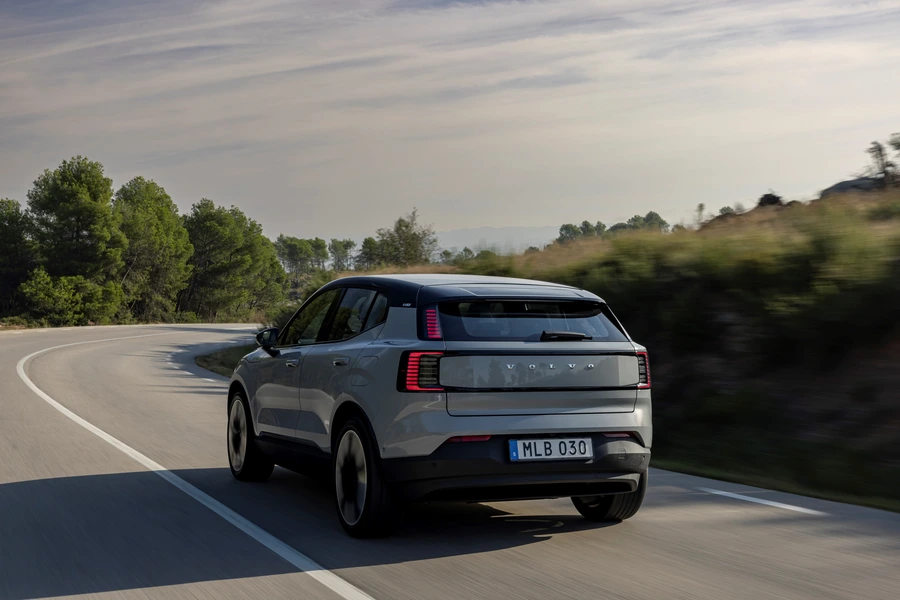
Volvo EX30 vs BMW iX1 LWB – Verdict
The Volvo EX30 vs BMW iX1 LWB comparison highlights two very different approaches to entry level luxury EVs. The BMW iX1 LWB at ₹49 lakh delivers more space, stronger brand value and the reassurance of German engineering. The Volvo EX30 brings a modern design language, sustainable interiors and advanced technology in a smaller city friendly package. With local assembly expected to keep costs lower, the EX30 could undercut the iX1 by nearly ten lakh.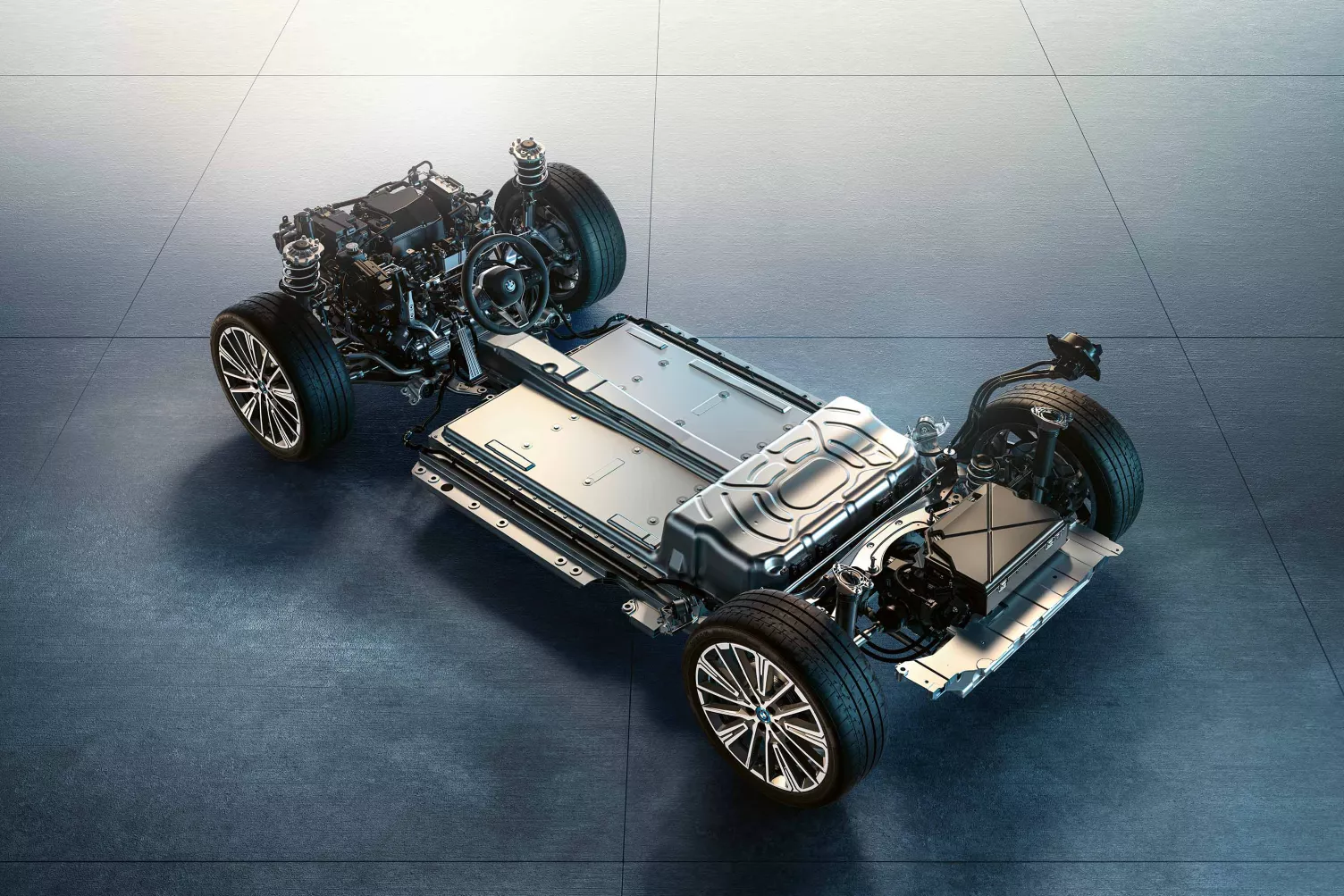
Ultimately the success of the Volvo EX30 BMW iX1 LWB battle will depend on how Volvo prices the EX30 and if it launches in the ₹38 to 40 lakh range it has the potential to completely reshape the entry luxury EV market in India.

